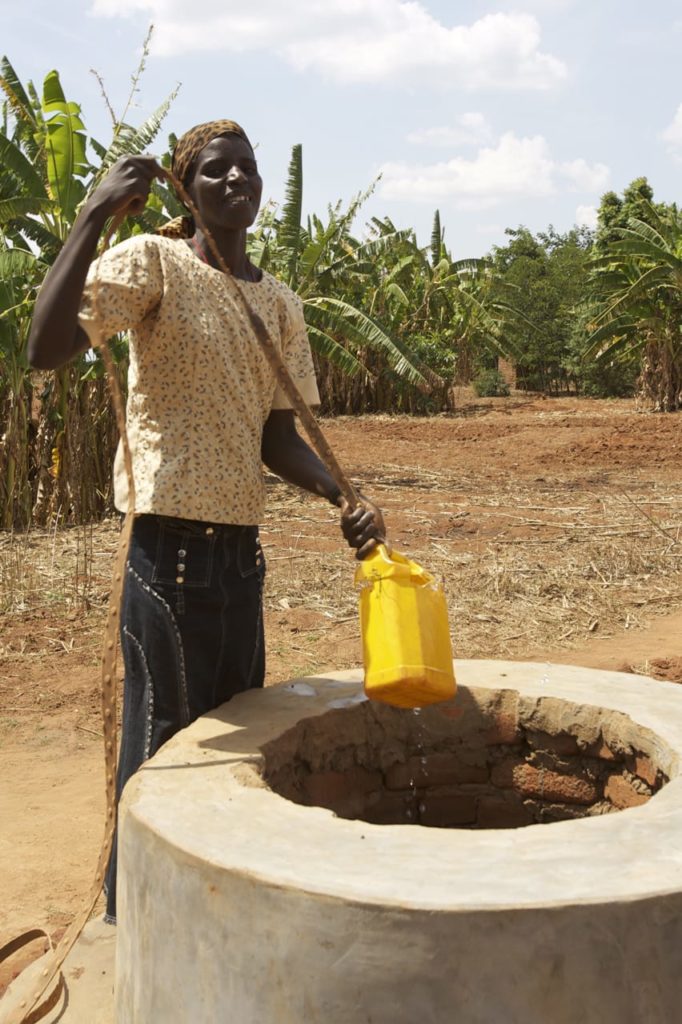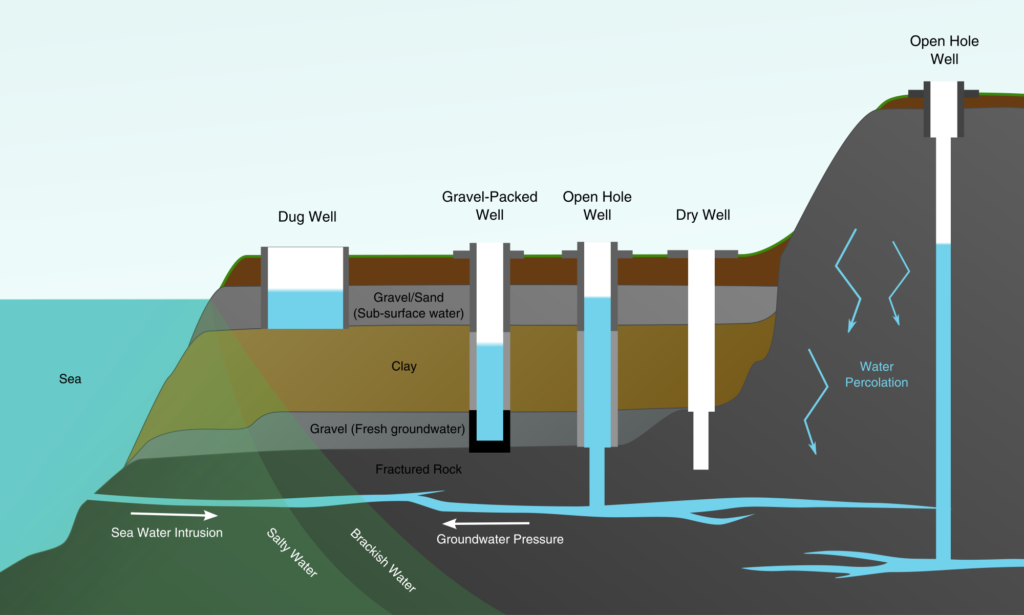Why Groundwater Is Our Hidden Liquid Asset
Surface water gets all the glory. Here’s what you should know about groundwater and why it’s humankind’s hidden liquid asset.
Everyone is familiar with the wonders of fresh surface water as it flows along our great rivers, fills our lakes, and cascades over waterfalls – while providing a haven for varied and abundant wildlife and food sources. Apart from the beauty and poetry these waters add to our lives, they have been a source of essential water supplies – for drinking, washing and irrigation – throughout human history. Surface water was generally the first choice except where scarce or absent, forcing people to use groundwater either from springs (often unreliable) or from shallow hand dug wells. Although there is 25 times more fresh groundwater on Earth than fresh surface water, most of it was historically difficult or even impossible to access.
However, over the past 150 years, groundwater has become much more accessible thanks to the development of deep drilling, construction and pumping technology. Groundwater today provides around half of all water supplies including for home use, industry and agricultural irrigation. It’s abundance and reliability in many regions has helped drive and maintain population and economic growth previously limited by water scarcity. This is especially true in arid regions such as North Africa and the Middle East.


What is groundwater?
Groundwater is freshwater present in porous rocks (aquifers). There remains a common misconception that it flows in underground rivers and lakes. While partially true in cave systems, most groundwater is held in the tiny por spaces of granular rocks, such as sand, gravel and sandstone, or in small fractures and fissures of denser rocks such as limestone and granite.
Groundwater flows, albeit much slower than surface water. If it stagnates, it gradually dissolves more and more minerals from the rocks over many thousands of years, to become salty.
Groundwater is replenished in recharge zones, where rainwater can infiltrate the soil and then to underlying porous rocks, most commonly on higher ground with more plentiful rainfall. It then flows up to hundreds of kilometers towards natural discharge zones such as springs, riverbeds, the seabed, or salt pans (in arid regions). Flowing at just a few centimeters a day, groundwater may travel for thousands of years before discharging. It is the steady groundwater discharge at springs and to riverbeds that maintains river flows when rain is not falling.
The benefits of groundwater
Groundwater has several advantages compared to surface water. It is much more resilient to extended dry periods due to the buffer effect of very large storage capacities of aquifers that can be hundreds of meters thick over many square kilometers. Unlike surface water, groundwater is very often safe to drink without treatment due to the natural filtration properties of the rocks combined with protection from surface pollution. In fact, that is why bottled natural mineral waters (and spring waters in Europe), which must be naturally safe to drink (having ‘original purity’), are exclusively from groundwater.
The exploitation of groundwater must be carefully managed to avoid over abstraction, pollution, and seawater intrusion in coastal aquifers. Because surface water and groundwater are often interconnected, over abstraction of groundwater may cause sensitive surface water features to dry out.

Groundwater has been a critical resource for supporting the population and economic growth of the past century but has unfortunately become damaged and overused in many places. Like so many natural resources benefitting humans, we must manage it responsibly to ensure it remains clean and sufficiently abundant for the needs of both ourselves and the natural environment.
Further reading: